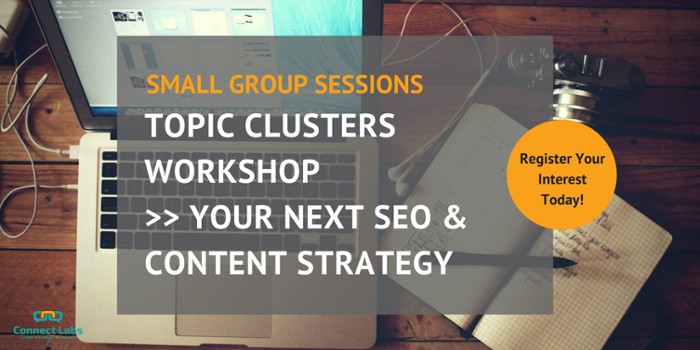The evolution of SEO has brought about topic clusters. It’s about understanding the search intent and making it easier for readers to find accurate information faster - at every stage of the marketing and sales funnel. A Topic Cluster is primarily a content and SEO framework that focuses your content efforts around core topics that are highly relevant to your buyer personas' (ideal customers) challenges and goals.
Google’s machine learning algorithm, RankBrain, Google now understands the context of the search queries rather than having to match queries to exact keywords. What this means for SEO for B2B businesses is rather than writing content purely based on high volume keywords, you should be writing content based on the over-arching topic that the content belongs to.
As Databox puts it, it’s about becoming an authority on a specific topic and leveraging on the various long-tail keyword.
This is to ensure that you do not miss out on traffic from conversational search. For example, if you searched for “women’s footwear”, Google will also show results for “female shoes” and “women sandals”. You wouldn’t want to be missing out on their traffic, would you?
5 Main Elements of a Topic Cluster
The image illustrates the five main elements of a Topic Cluster. The orange circle in the middle represents the pillar page and the circles surrounding the orange circle are the cluster content or subtopic pages, which often take the place of blog posts or landing pages. The blue line represents the hyperlinks in the subtopic page; sending SEO link juices to the pillar page.
This increases the authority of the pillar page; signalling to Google to rank this page higher on the search engine result page. For more information about each element, read HubSpot’s Quick Answer.
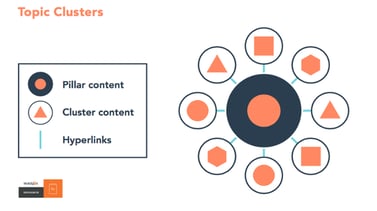
- Pillar page
- 8 - 22 clusters/subtopics per pillar page
- Hyperlinks/Anchor links
- Keyword research
- On-page SEO optimisation
However, this does not mean that on-page SEO optimisation and keyword research are not important, because they still play a vital part in the Topic Cluster strategy. Here is an infographic representing our selected top 8 SEO tips for startups.
We are simply reorganising subtopic clusters under relevant topics to avoid duplicate content, thin content, content with competing topics and keywords - which are not helping your startup rank higher anyway!
So, what makes a good pillar page?
Once you’ve decided on the topic you want to rank for, the next step is to create a pillar page. Neil Patel explains how pillar pages actually improve usability and website navigation as this framework helps to organise the content on your website for both, search engines and users.
Using TypeForm’s Customer Success page, let’s explore what makes this a successful pillar page:
Comprehensive but broad content
Pillar pages are meant to be long, comprehensive but nothing too in-depth. Leave the focused, in-depth content for your blog posts.
You can use Google’s related search (scroll to the bottom of the page), you’ll be able to see what topics your buyer personas could be interested in reading on a pillar page. Below is an example of searches related to the search query “customer success”.
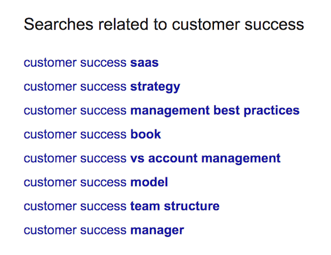
Segmented content like an ebook
As pillar pages are long by nature, a table of contents section at the top will be helpful to ensure users will be able to easily access sections that are most relevant to them without having to scroll through the whole page.
By simply reading the table of contents of the pillar page, this page should pass the five-second test as it is a brief outline of what the page is about.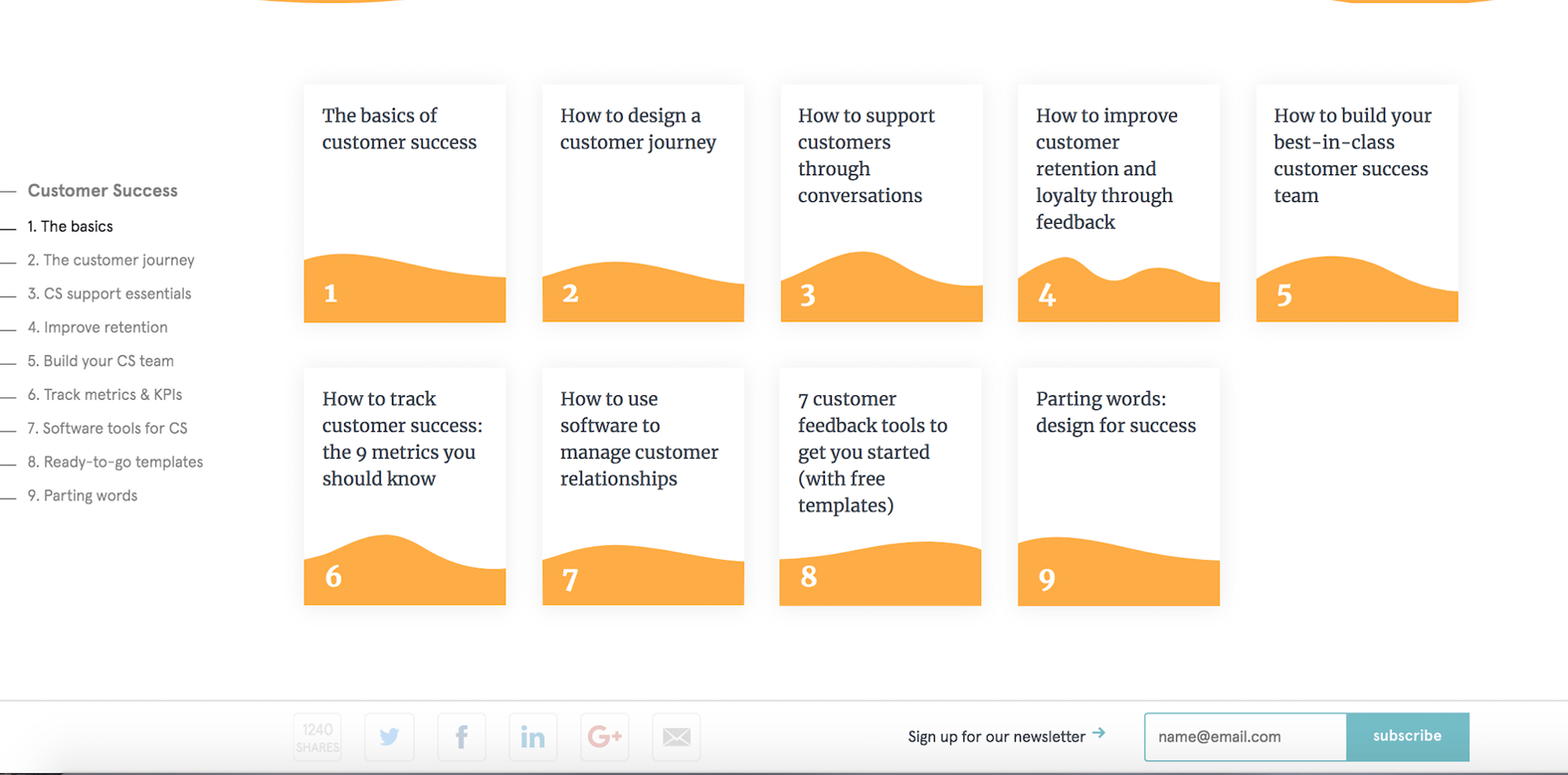
Multiple conversion paths for users to take
Remember, your pillar page is not a landing page. It’s functions like a “one-stop shop” page with information about that certain topic. In this case, this page is to teach the reader nearly everything one would need to know about Customer Success.
Below are examples of the different conversion paths readers can take from this blog; from tips to templates.
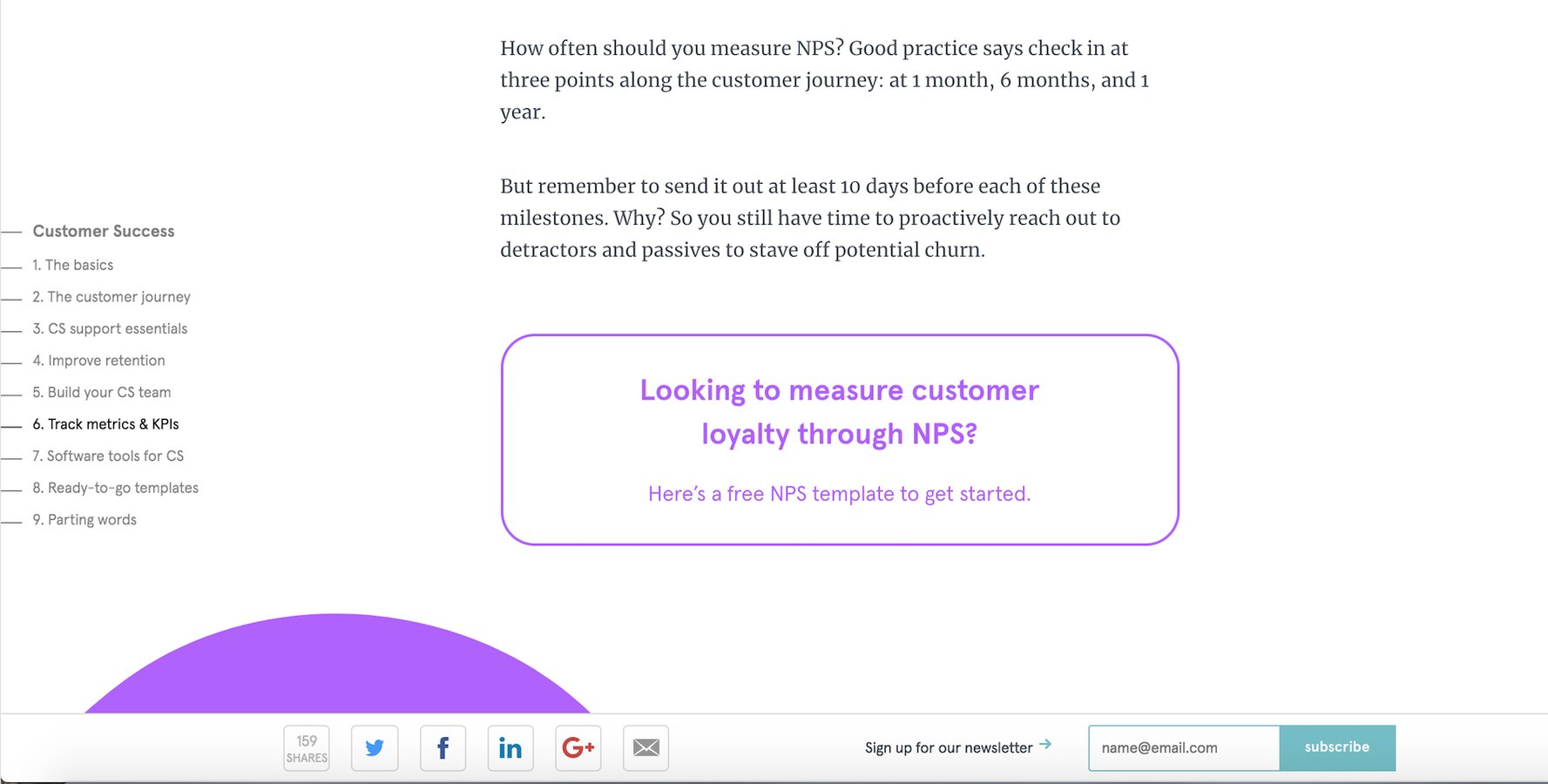
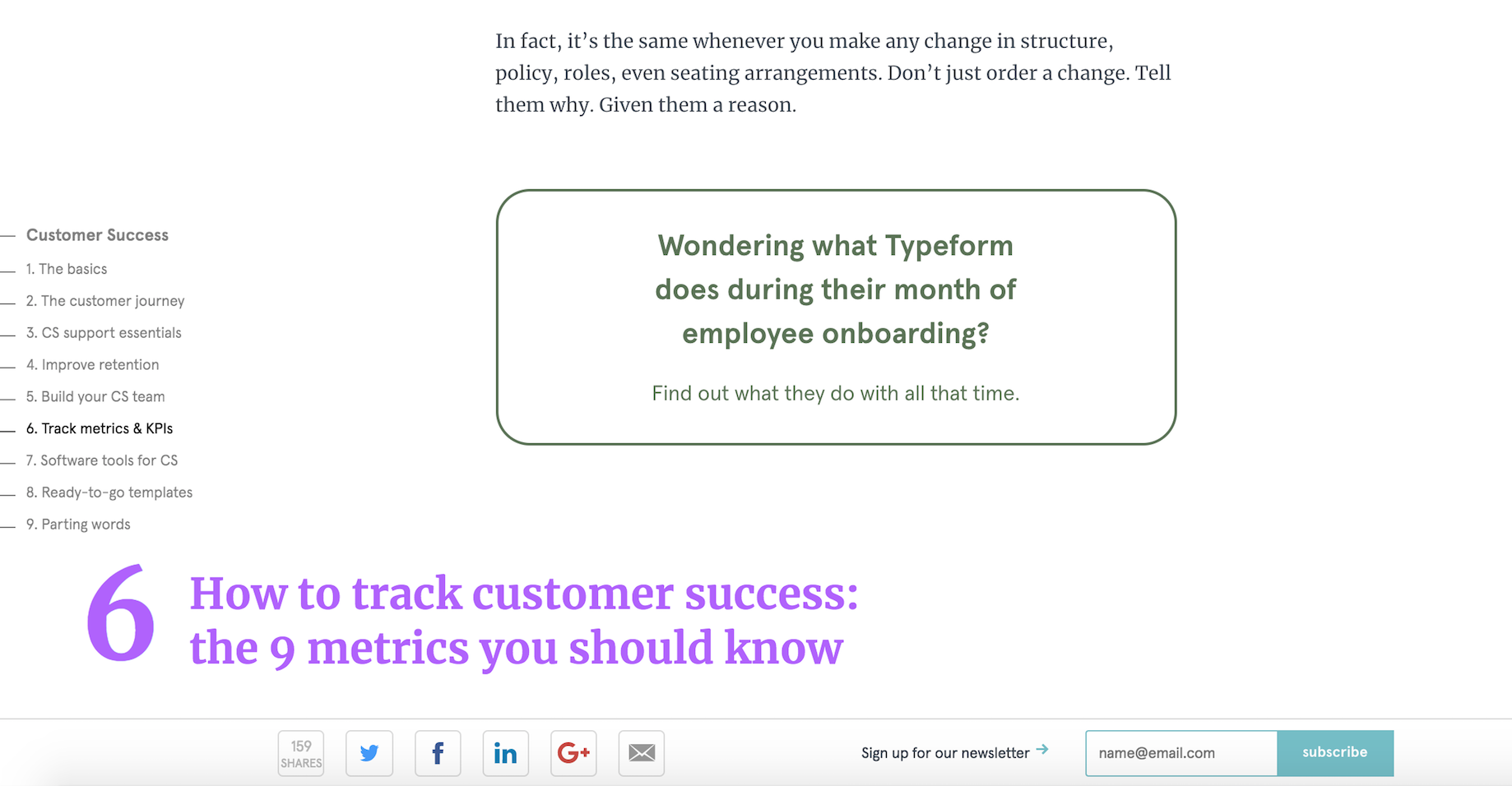
Hyperlinks throughout the pillar page
This is a crucial element of any Topic Cluster strategy. The hyperlinks (a.k.a anchor text) tells Google to pass on SEO link juices from the subtopic pages to the pillar page. Google then recognises the pillar page as a page of high authority and therefore, ranks the pillar page higher on search engine result pages.
For example, the hyperlink in the image below is one of TypeForm’s customer success related blog posts hyperlinked in their Customer Success pillar page.
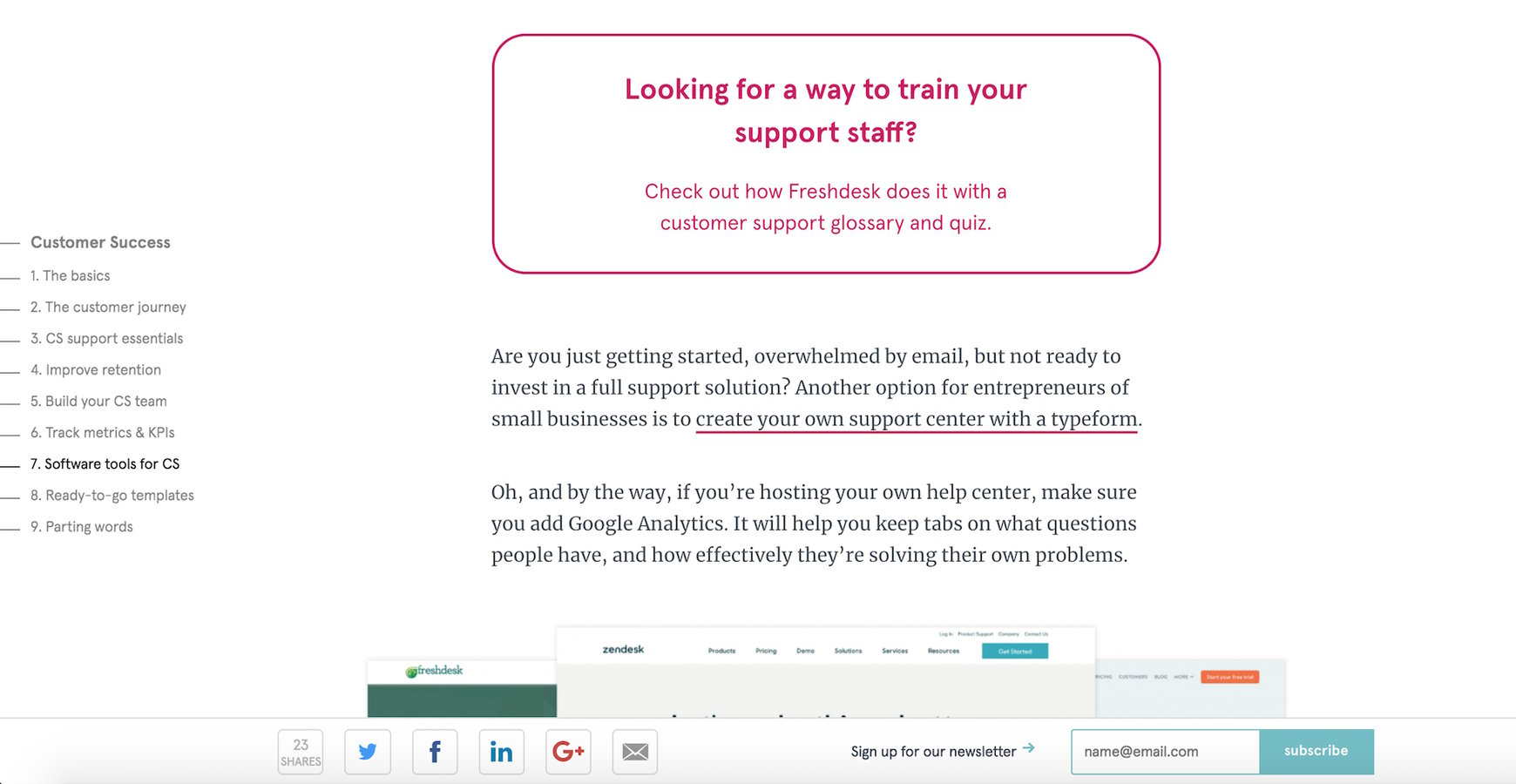
Synonyms of the topic
Now that we know Google’s RankBrain understands synonyms and hence, the context of the search query, it’s important that we use synonyms throughout the pillar page. This way you don’t lose out on conversational ranks, as explained above.
In this TypeForm pillar page example, various synonyms of “customer success” were used throughout the pillar content. Some of the related words used were account managers, customer success managers, customer experience, customer support, customer retention, customer lifetime value, customer happiness and CSM.
Amplify your page via social media
Once you have your have your pillar page built, you need to amplify this content. One of the ways to do this is to ensure you have social sharing buttons on the pillar page so that your readers can easily share it on their own social media networks. More traffic to the pillar page also signals to Google how important this page is (and eventually help rank the pillar page higher)!
In the example below, TypeForm have placed the social media sharing buttons as well as a mailto option at the bottom of the pillar page for readers to share content on various platform.
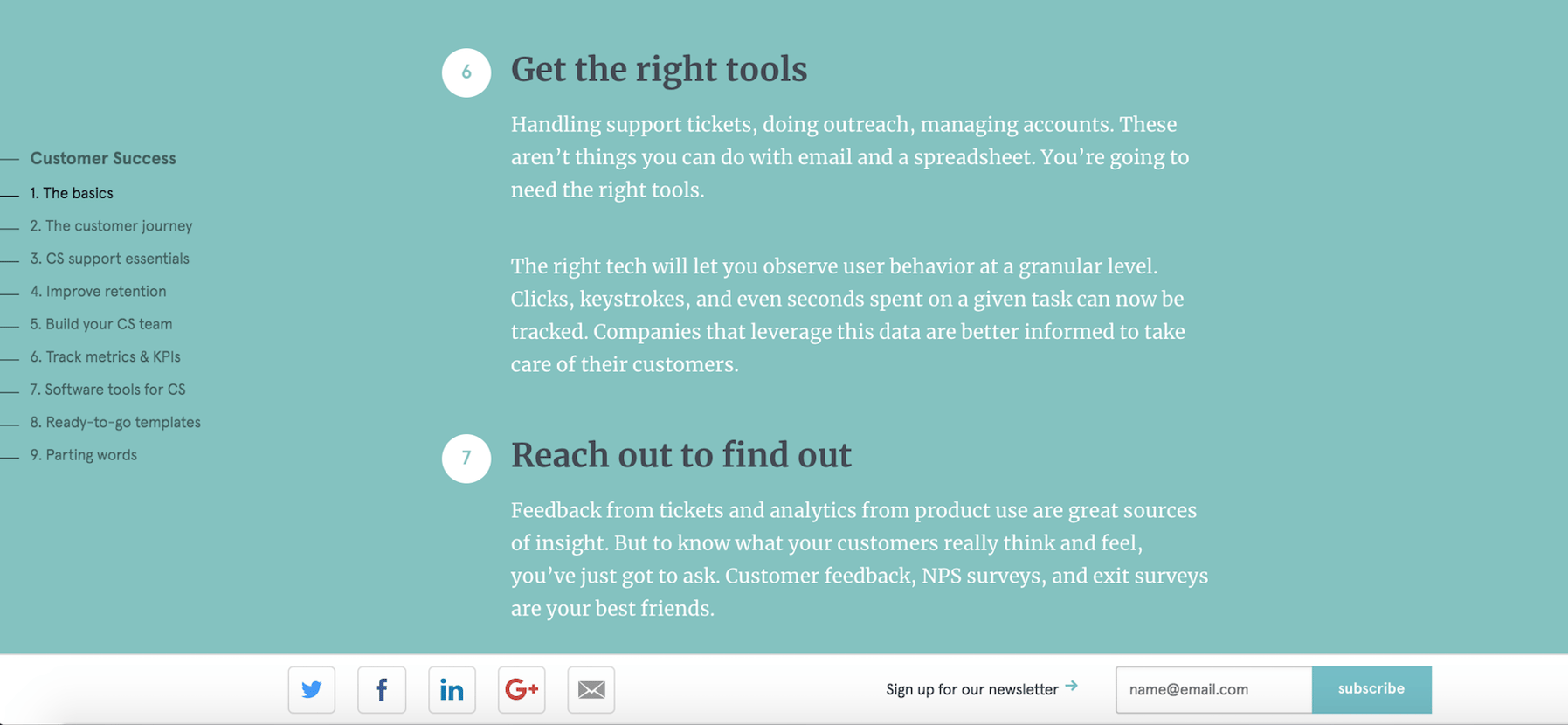
Now you know what Topic Clusters are, why your B2B business needs it and characteristics of a successful pillar page, it’s time for your B2B business to jump on the bandwagon. As Neil Patel puts it, the pillar page is the “pillar” - the foundation - for the rest of your content. Without a pillar page focusing on a niche topic, your content and SEO will likely suffer.
Save your spot at our next workshop where our Inbound Marketing Specialist will work with you to build out your startup’s Topic Cluster strategy. Register your interest today.

March 15, 2018

